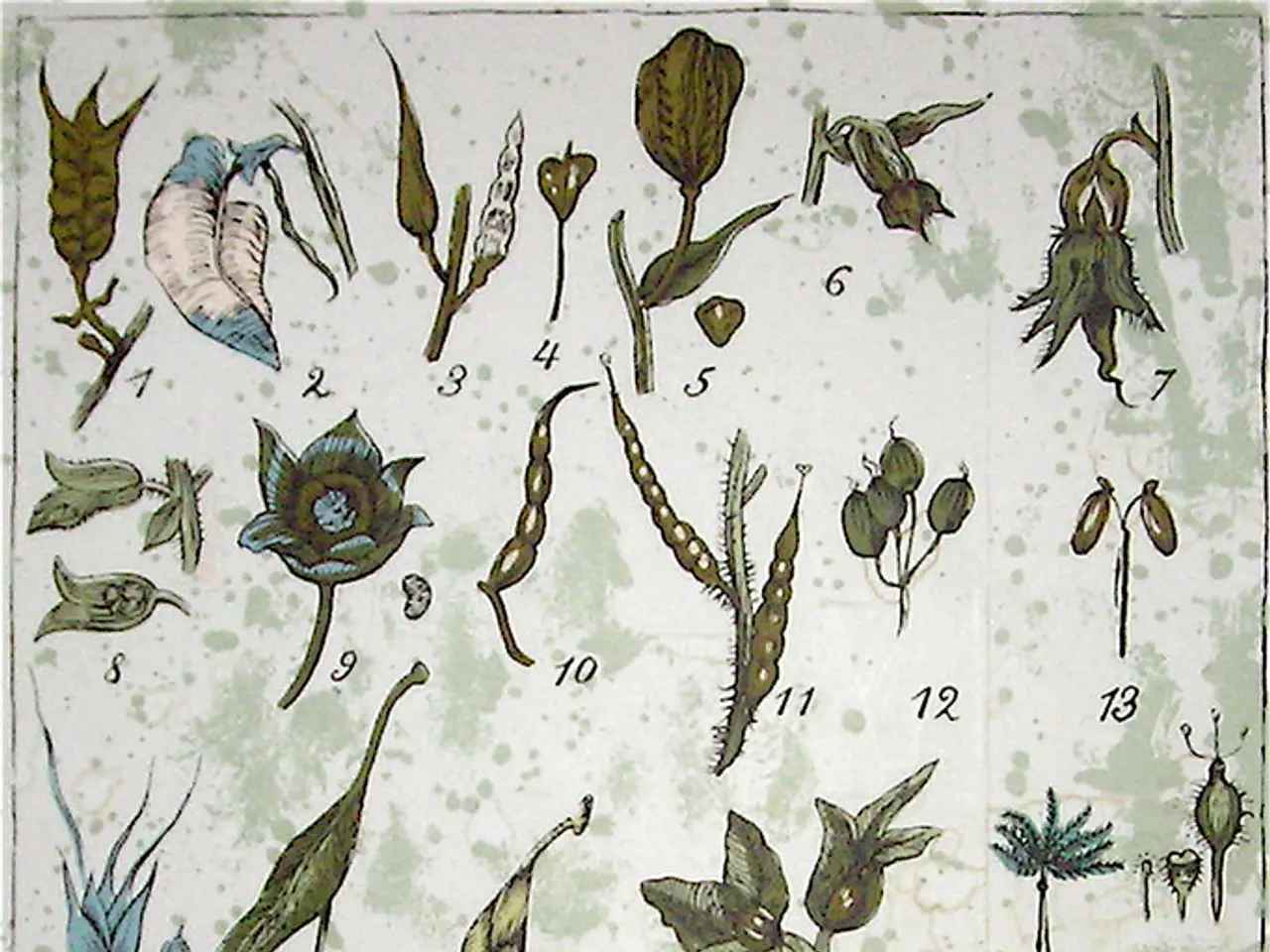Linking Genes: Combining Plant and Microbial Genetics for Editing 2.0 by InEdita Bio
Revolutionizing Plant Breeding: CRISPR-Cas9 Enhances Crop Resilience
In a groundbreaking development, CRISPR-Cas9 gene editing technology is being harnessed to transform the landscape of plant breeding. This cutting-edge technology, being utilised by InEdita Bio, is revolutionising the way crops are engineered, offering the potential to correct alleles that have been mutated or lost through traditional breeding programs.
The long-term potential of gene editing in plant breeding is considered transformative, with the ability to significantly improve crop resilience to drought and pests. By enabling precise, targeted edits in plant genomes, CRISPR-Cas9 enhances stress responses, water uptake, and disease resistance without introducing foreign genes.
Enhancing Drought and Pest Resilience
CRISPR-Cas9 technology offers a host of benefits in improving crop resilience. For instance, it can upregulate transcription factors like OsNAC14 in rice, maintaining higher water content and improving root development for better water uptake. Editing promoters to increase expression of stress-mitigating genes, such as ARGOS8 in maize, boosts yield under water limitation by reducing growth inhibition and ethylene sensitivity. Modifications in plant-microbe interactions also promote deeper root growth, further enhancing drought resilience.
In terms of pest and disease resistance, precise edits confer resistance to diseases and pests such as fungal infections. Examples include CRISPR-edited wheat with fungal resistance and potato resistant to late blight, which helps protect crop yields and beneficial insect populations.
Multiple Gene Editing: A Promising Approach
While single-gene edits can offer targeted, efficient improvements, editing multiple genes holds the promise of broader, more robust stress resilience. Multiple-gene editing allows crops to better cope with multifaceted stresses like combined drought and pest pressures. However, this approach requires intricate understanding of gene networks and careful validation to ensure stability and safety.
In summary, CRISPR-Cas9 facilitates significant advances in crop resilience through precise gene modifications that improve drought tolerance and pest resistance. The goal is to reduce the time it takes to develop a single variety from 10-15 years to a more rapid process with gene editing technology. Companies like InEdita Bio are at the forefront of this revolution, leveraging computational biology, AI, and machine learning to sequence the genomes of thousands of individuals within wild populations and species that live in harsh environments, using the information to 'correct the text' of commercial varieties.
References: [1] Ayliffe, M. et al. (2018). Multiplex gene editing in plants using CRISPR-Cas systems. Nature Biotechnology, 36(11), 1148-1157. [2] Gao, J. et al. (2017). Engineering resistance to wheat stripe rust by CRISPR-Cas9. Science, 358(6364), 469-473. [3] Jain, S.K. et al. (2019). CRISPR-Cas9-mediated editing of multiple genes in maize for improving drought tolerance. Plant Biotechnology Journal, 17(5), 701-711. [4] Wang, Y. et al. (2018). Multiplexed CRISPR-Cas9 genome editing in plants. Plant Physiology, 178(2), 687-698.
- CRISPR-Cas9 technology, in the realm of medical-conditions and health-and-wellness, could revolutionize the food-and-drink sector by addressing crop diseases, enhancing crop yields, and promoting healthier food options due to improved plant resilience to environmental stressors like drought.
- In the context of lifestyle choices, the advancements in plant breeding through CRISPR-Cas9 gene editing could contribute positively to health-and-wellness by offering fruits and vegetables with increased nutritional value, as well as crops that are resistant to pests, thus ensuring a consistent food supply and contributing to overall health and wellness.




